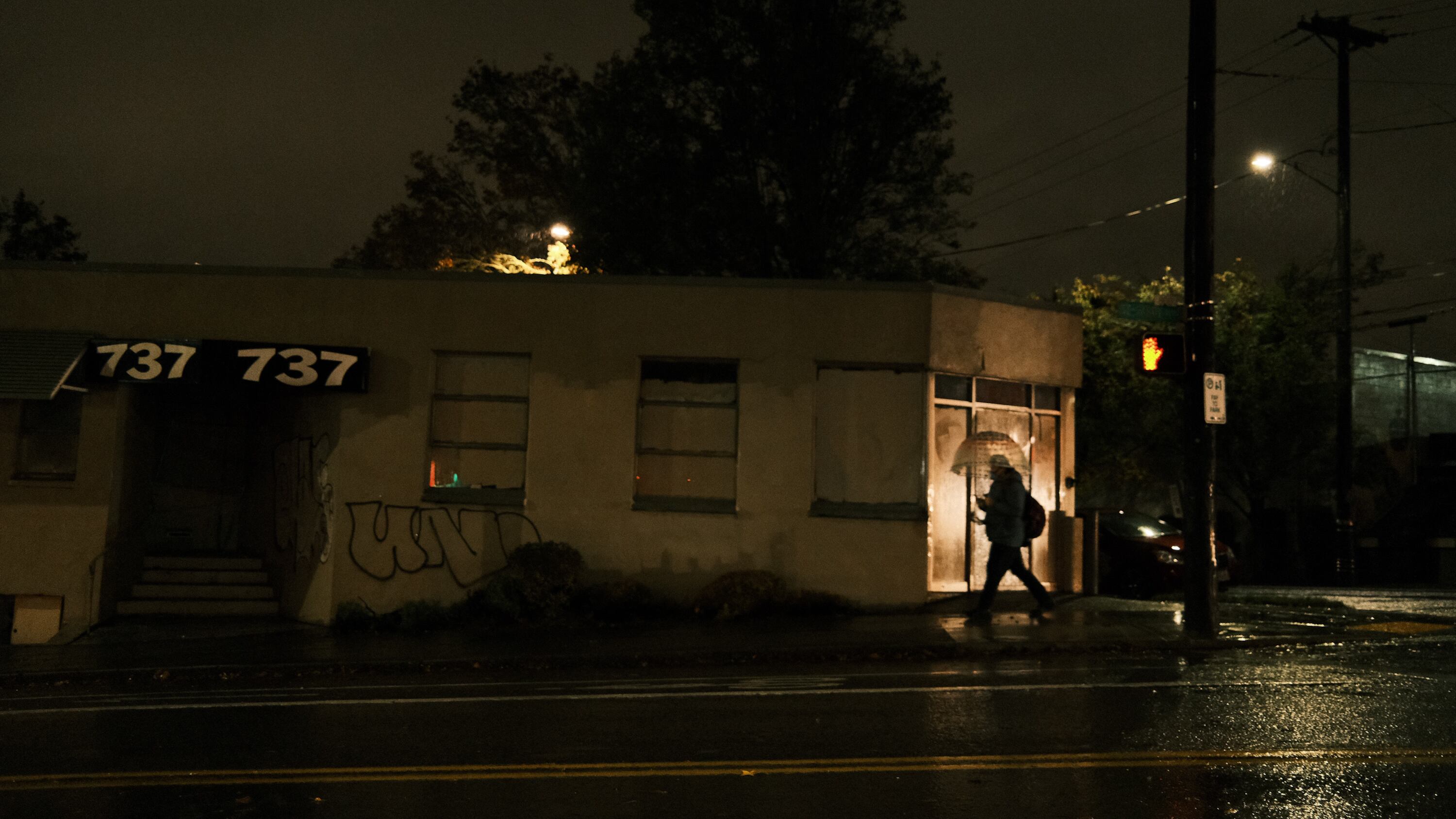Traffic safety nonprofit Oregon Walks last week released new figures showing that, in the past three years, Black Portlanders were three times as likely to be killed by a car when crossing the street as white Portlanders. The nonprofit also found that the pedestrian fatality rate was three times higher east of 82nd Avenue, and that all 48 pedestrian deaths in Portland in the past three years occurred in low-income neighborhoods. An Oregon Walks board member told WW the fatalities were emblematic of larger systemic issues faced by underserved neighborhoods. Here's what our readers had to say:
@Beermojoe via Twitter: "Bad lighting, limited sidewalk infrastructure, more spread out (leading to higher vehicle speeds), is just part of the problem. Always has been."
Nisse Gulker Keenom via Facebook: "Well, I'm sure it has nothing to do with all the gentrification forcing folks out past 82nd to Rockwood."
Doug Klotz via wweek.com: "One factor is lighting, but another factor is the width of the road to be crossed. Most of the arterials east of 82nd are wider than the roads closer in, so a walker is exposed to traffic for longer, and/or you'll have to wait much longer for a big enough gap in traffic. Plus, because the streets are wider (and in many cases the individual lanes are wider), drivers generally go faster, feeling unconstrained by narrow lanes or roadways. And then, of course, there's lack of enforcement to ticket drivers who fail to stop, and the fear at [the Portland Bureau of Transportation] that if enforcement was increased, the police would target people of color, as they have been known to do in many segments of policing. (They even discussed that in the first Vision Zero documents.) Additional lighting seems like the easiest thing to address, but it's not the only one."
@Chizzops1 via Twitter: "The main east-west thoroughfares, once they get east of [Interstate] 205, become like highways. My kid and I always have to wait and make sure all cars are stopped at the flashing crosswalk, and even still you get drivers trying to zip around the stopped cars. It's a whole different game."
PDXBill via wweek.com: "I have always felt that Portland underinvested in pedestrian safety and education. The glaring inequality that bicyclists and cars have over pedestrians in this city is certainly concerning. Underinvestment in the eastside in general is also an issue. We need to reevaluate our priorities."
John Foulston via Facebook: "I often go east of 82nd for my job and note that drivers are much more careless and aggressive in these areas. As stated, better lighting but also more photo-enforced ticketing for aggressive driving…especially in known danger spots."
@geenei via Twitter: "I knew that nearly all of the most dangerous intersections in the city were out here in East Portland. I hadn't known that all 48 pedestrian deaths 2017-2019 were out here too. Tragic neglect."
@doctorLURK via Twitter: "It's a crime how (comparatively) few bike thoroughfares there are east of 82nd/205. And a lot of neighborhoods don't have sidewalks (though that's also an issue in non-downtown Southwest). Outer Southeast deserves a better shake than what it usually gets from City Hall."
@CeliaBarlow1 via Twitter: "Maybe because PDX doesn't give a fat rat's a$$ about folks living beyond 82nd. Remember Chloe Eudaly stating she forgot that PDX extends beyond 82nd? Reprehensible. Hopefully, Mingus Mapps will do better."
Letters to the editor must include the author's street address and phone number for verification. Letters must be 250 or fewer words.
Submit to: 2220 NW Quimby St., Portland, OR 97210.
Email: mzusman@wweek.com

